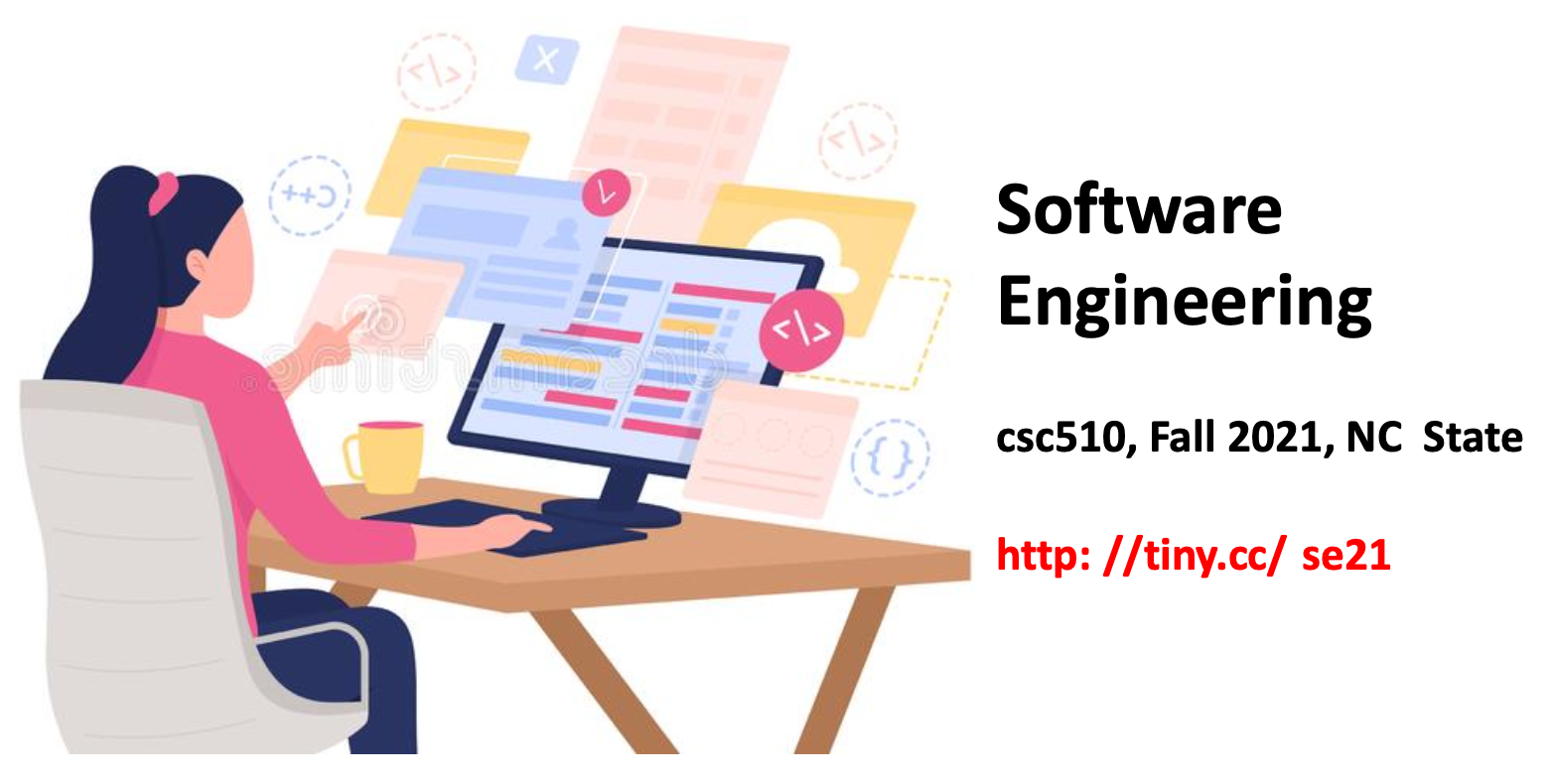
home ::
syllabus ::
timetable ::
groups ::
moodle ::
video ::
© 2021
- Distinguish between what, how, and why documentation. Give examples of each.
- What documentation is most common. Why is that?
- Explain : markdown and latex are lightweight and heavyweight mark up languages
- Comment (is this true? Why? Why not?): Beginners prefer working in Latex
- Pandoc lets your translate between different formats (e.g. .docx to .md). Given an example of something that might
- survive that translation
- get lost in that translation
- Explain (with example(s)): Feature models support why-not documentation. IN your answer, take care to define a feature model (including "cross tree constraints).
- Explain (with example(s)): State transition diagrams are a natural method for code generation. Hint: assign one global variable per state). In your answer take care to define a state transition diagram (include states, events, guards). Write down a state transition diagram with 3 nodes and 4 edges and 2 guards, and its associated with procedural code.
- Write down a UML fragment saying that seminars support adding/dropping student and have relationship "Instructor" to something called "Person" (and what three tributes could be in "Person")?
- Describe how the "C", "R" and "C" n CRC cards map to UML
- What is the SAME and what is DIFFERENT and ER diagrams and UML class diagrams?
- Explain, with an example, the translation rules from a compartmental model to procedure code? Take care to define stocks and flows. Show a small compartmental model with 2 stocks and 3 flows.
- Define a layered architecture. Offer 2 rule of thumb about how to assess if a layered architecture might be suitable in a domain. Offer an example application where you might use a layered architecture.
- Explain: a blackboard is a special kind of layered architecture. In your answer, define "knowledge source" and where those "knowledge sources" read and write too. Offer 2 rule of thumb about how to assess if a layered architecture might be suitable in a domain. Offer an example application where you might use a blackboard.
- Define the parts of a MEAN and LAMP layered architecture. Explain how: MEAN addresses a problem with LAMP
- Define the CRUD pattern. Describe how it relates/different to the http put/post protocol.